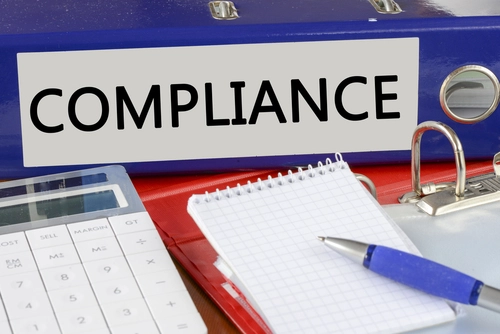CMS: Use Modifiers to Show That Claims Aren't Duplicates

Most practices are aware of the fact that they shouldn’t submit duplicate claims. But what if you really did perform a duplicate service and you deserve to collect for both procedures? CMS spells out what to do in that situation in its latest Medicare Quarterly Provider Compliance Newsletter, which the agency issued to quell instances of inappropriate coding and billing.
CMS also found several other issues that its auditors and the RACs have identified as being commonly reported improperly, and the agency outlined it all in the new report, which was released last week.
Duplicate Your Efforts With Duplicates
When the recovery audit contractors (RACs) conducted a review of duplicate services billed on separate claims, they found scores of procedures that they could classify as duplicates, including claims with the same procedure code, same date of service, same billed amount, and same place of service. “Providers need to be aware that an overpayment may result when a provider bills and is paid for services that have been previously processed and paid,” CMS says in the newsletter.
When your MAC determines that a claim looks like a duplicate, you’ll probably find a denial—but if you don’t get payment within a certain timeframe, contact the MAC and ask about it rather than resubmitting the claim, CMS says.
If, however, your claim looks like a duplicate but isn’t actually one, you should use modifiers to show that fact to the insurer, CMS adds. Modifiers such as 76 (Repeat procedure or service by same physician or other qualified health care professional), 77 (Repeat procedure or service by another physician or other qualified health care professional) and others can help make your claim status clearer to the payer, CMS reminds practices.
Heed Timing on Screenings
CERT auditors also discovered quite a few errors when it came to screening services that exceeded Medicare’s frequency limitations, the newsletter said. For example, beneficiaries who meet certain criteria are entitled to a one-time ultrasound screening for abdominal aortic aneurysm, and female patients can get a screening Pap smear every 23 months if they are at normal risk.
Issues occur when patients seek screening services outside of those frequency limits. For example, the newsletter shares the case of a 74-year-old patient with a normal risk of cancer who had screening Pap tests every year for three years in a row, despite all of her results coming up “within normal limits.” In these cases, the payer either denies the claim or, if the practice collects for it, the insurer will typically ask for the money back.
Your best bet is to ask new patients for access to their records at their previous practices so you can determine when they had their last screening services. This way, you won’t risk falling outside of those parameters.
Resource: To read the October 2015 Medicare Quarterly Provider Compliance Newsletter, visit www.cms.gov/Outreach-and-Education/Medicare-Learning-Network-MLN/MLNProducts/Downloads/MQCN-October-2015.pdf.




